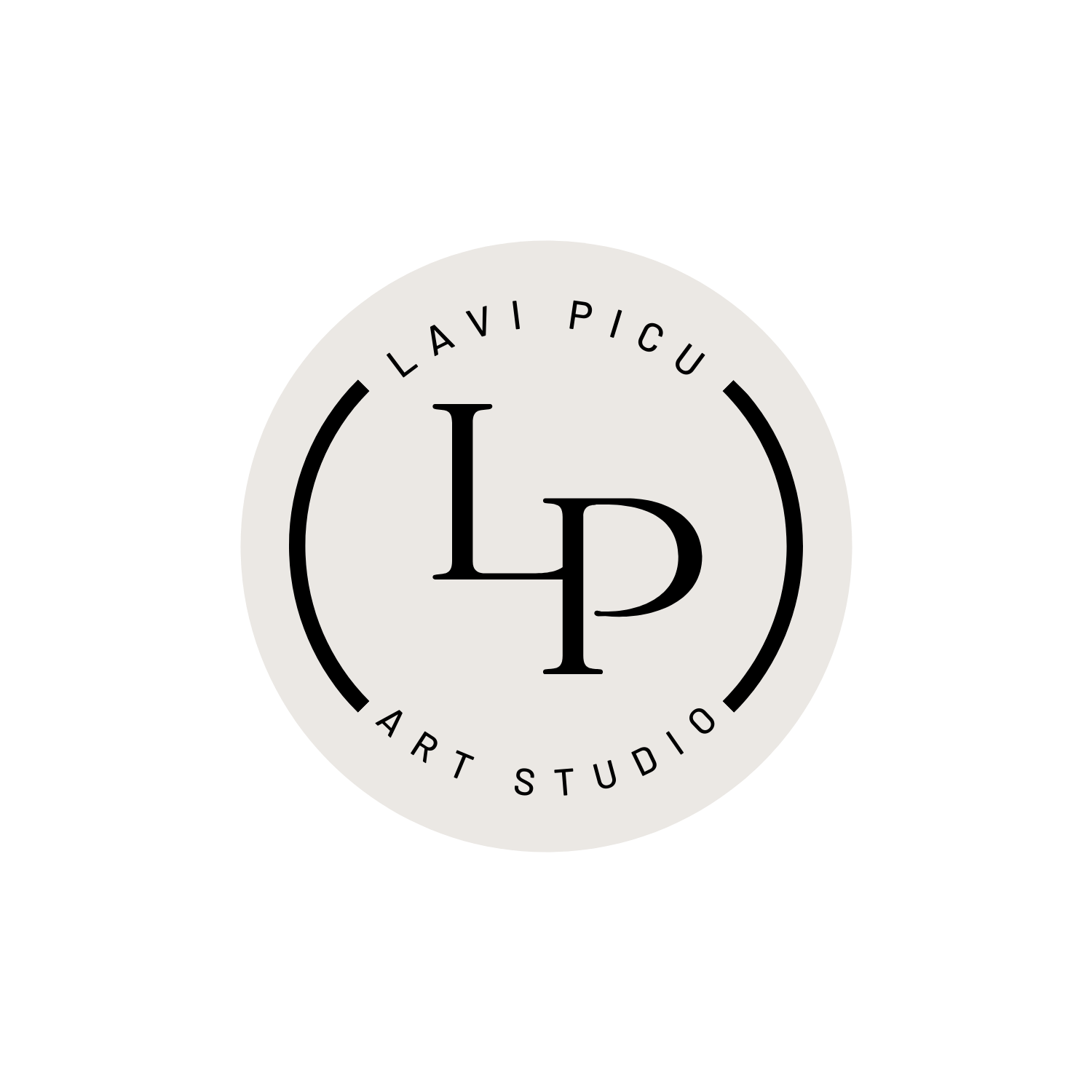Transform Art Into Revenue
Looking to transform your art into revenue? Discover alternative ways to generate profit!
For artists seeking to turn their creative passion into a sustainable source of revenue, exploring alternative avenues beyond traditional art sales can unlock a world of opportunity. While selling paintings or sculptures directly to collectors remains a viable option, diversifying income streams can provide greater stability and potential for growth. By embracing innovative approaches such as digital marketplaces, merchandise creation, commissioned work, licensing agreements, teaching, and crowdfunding platforms, artists can not only expand their reach but also cultivate a more resilient and lucrative artistic career. This article aims to explore these alternative paths, offering insights and strategies for artists to harness their talent into diverse streams of income.
In terms of generating profits from their art, emerging artists have a plethora of avenues to explore:
Sell Original Artwork: One of the most straightforward ways for artists to make money is by selling their original artwork. They can do this through art galleries, art fairs, online platforms such as: Saatchi, Etsy, DeviantArt, ArtStation, RedBubble, Gallea, Society 6, Behance,Instagram, ArtFinder, Shopify, or even through their own website.
Prints and Reproductions: Not everyone can afford original artwork, but they may still be interested in owning a piece of the artist's work. Artists can sell prints, posters, or other reproductions of their artwork at a lower price point, making it more accessible to a wider audience.
Commissions and Custom Work: Many art collectors are interested in commissioning artists to create custom pieces tailored to their preferences. Artists can leverage their skills to fulfill these commissions, charging a fee based on the size, complexity, and materials used.
Licensing and Merchandising: Artists can license their artwork to be used on various merchandise such as t-shirts, mugs, phone cases, and more. Art-derived products can provide a steady stream of passive income while also increasing the visibility of their art.
Teaching and Workshops: Sharing knowledge and skills can be another lucrative avenue for artists. They can offer art classes, workshops, or private lessons either in-person or online, charging a fee for their expertise.
Art Grants and Residencies: Many organizations, foundations, and government agencies offer grants and artist residencies to support emerging talent. Artists can apply for these opportunities to receive funding, resources, and exposure for their work.
Collaborations and Partnerships: Collaborating with other artists, brands, or organizations can open up new avenues for revenue generation. Whether it's a joint exhibition, a product collaboration, or a sponsored project, partnerships can provide artists with additional income streams and exposure to new audiences.
Crowdfunding and Patronage: Platforms like Patreon or Kickstarter allow artists to crowdfund their projects by soliciting support from fans and patrons. In exchange for financial contributions, artists can offer exclusive perks, behind-the-scenes access, or special rewards to their supporters.
By diversifying their income streams and exploring various opportunities, emerging artists can turn their passion into a sustainable and profitable career. However, it's important for artists to balance financial goals with artistic integrity and creative fulfillment, ensuring that their pursuit of profit does not compromise their artistic vision.
Are you seeking ways to turn your creativity into a sustainable income stream? Your experiences and ideas are vital to our artists community. Whether you're a seasoned artist or just beginning your journey, you are invited to share your insights on generating income through art. Share your expertise in the comments section below and be part of the conversation today!

